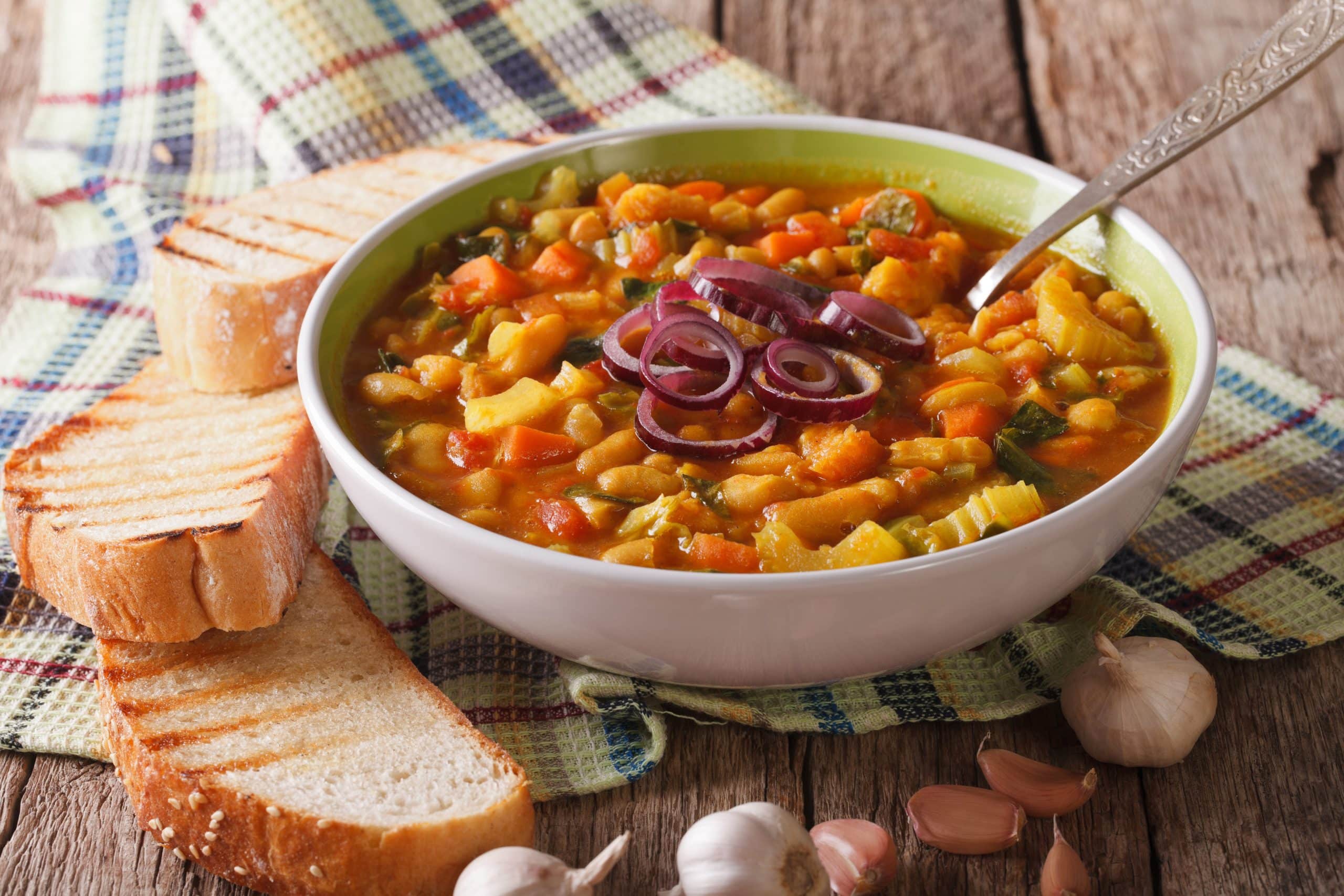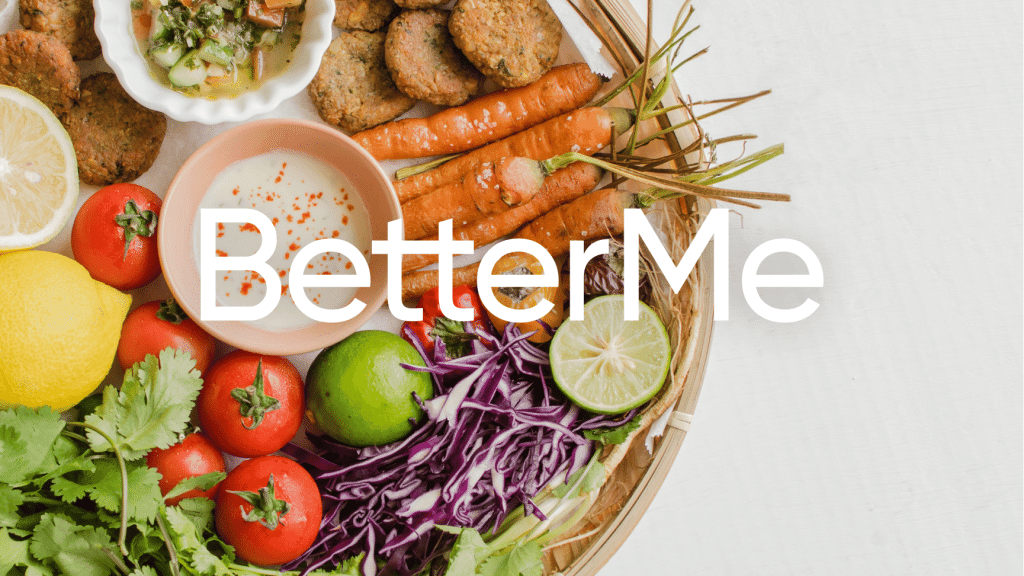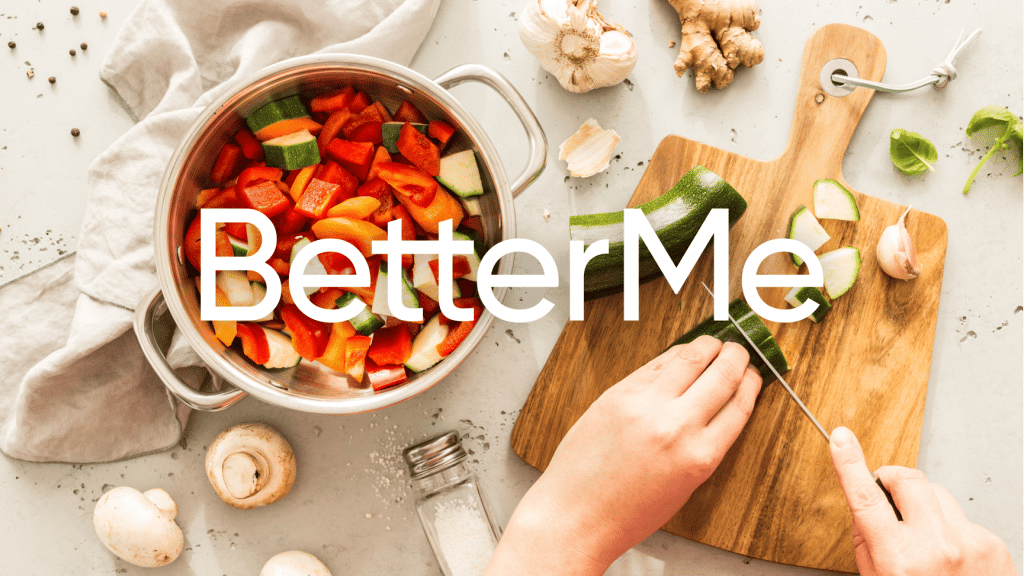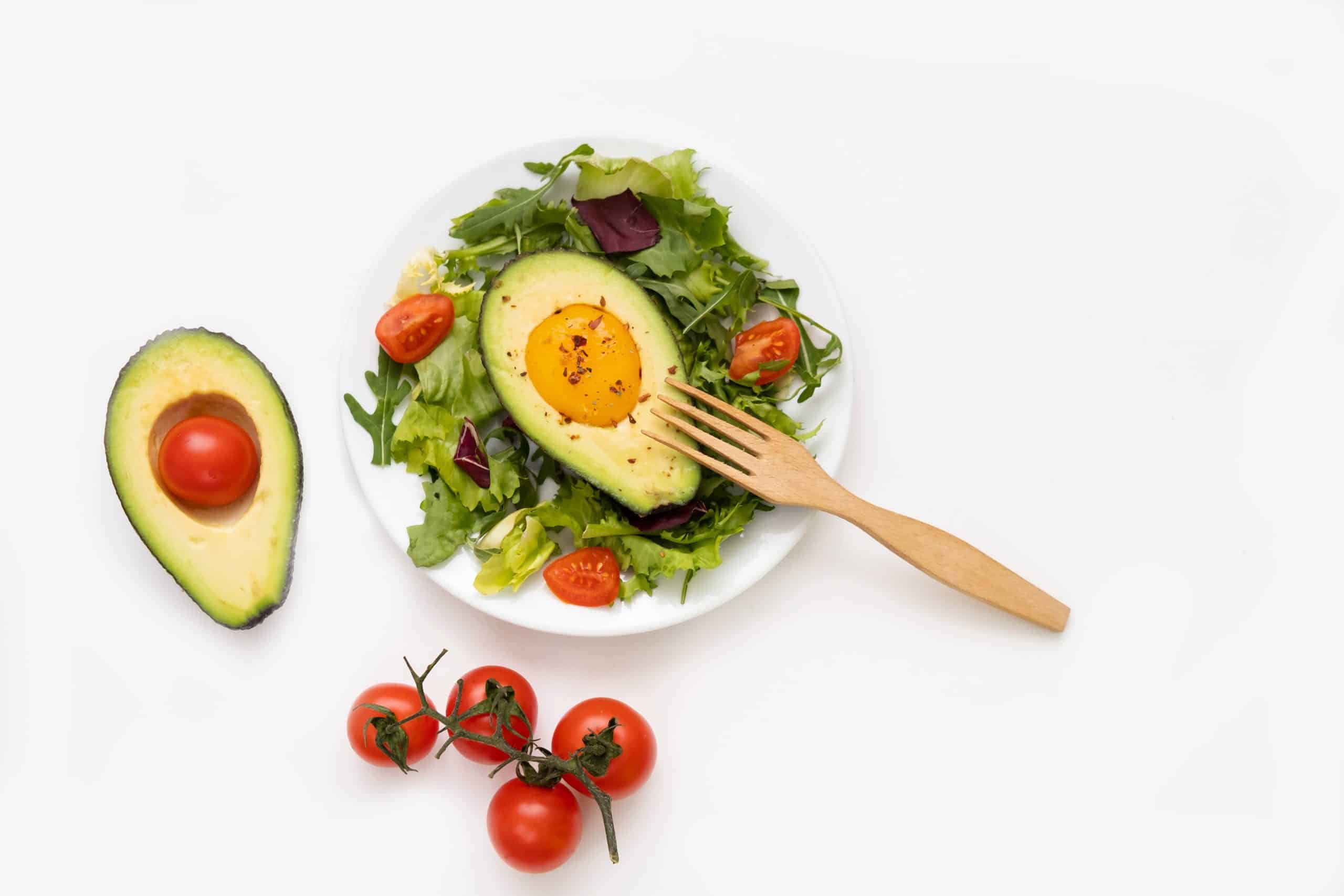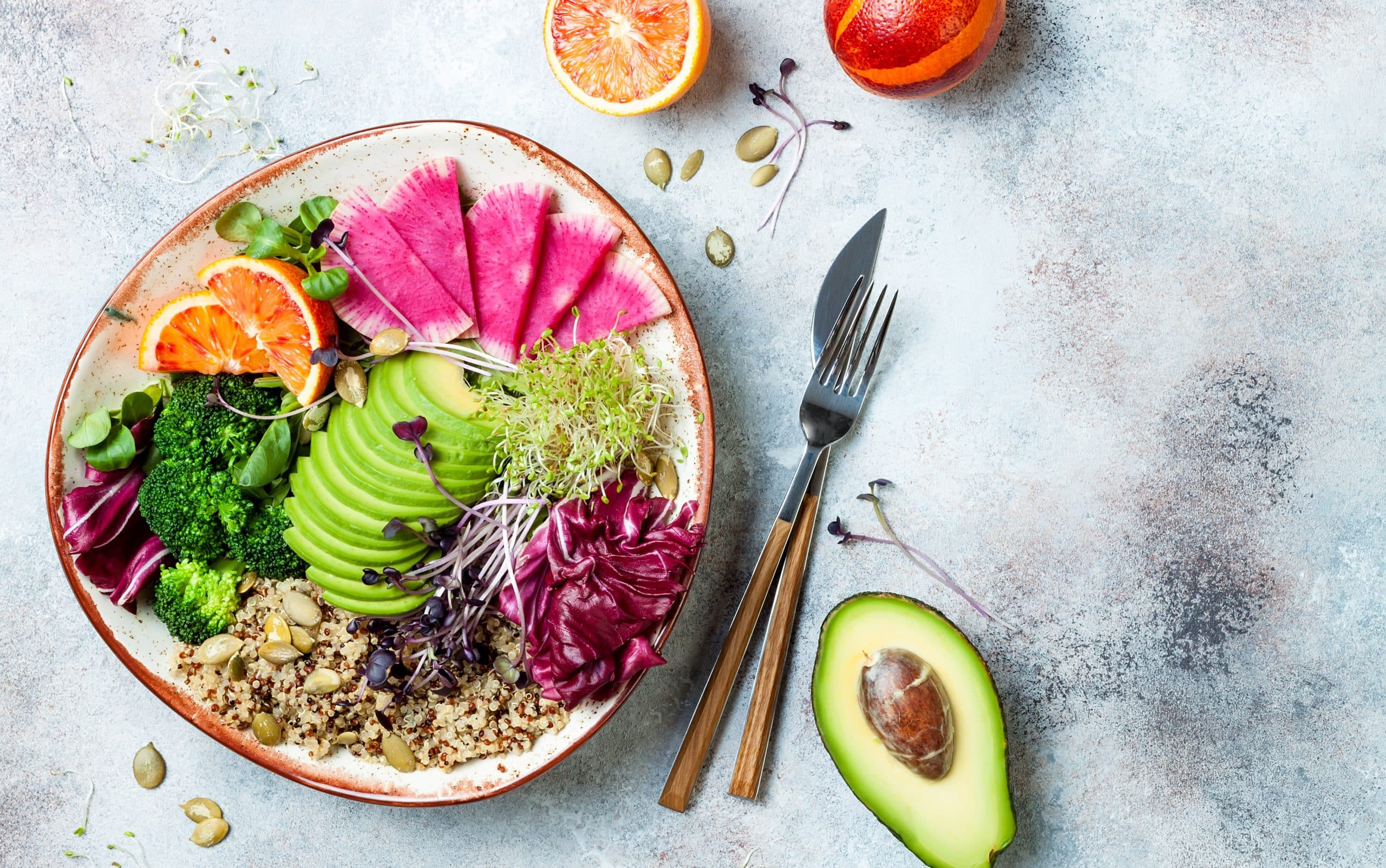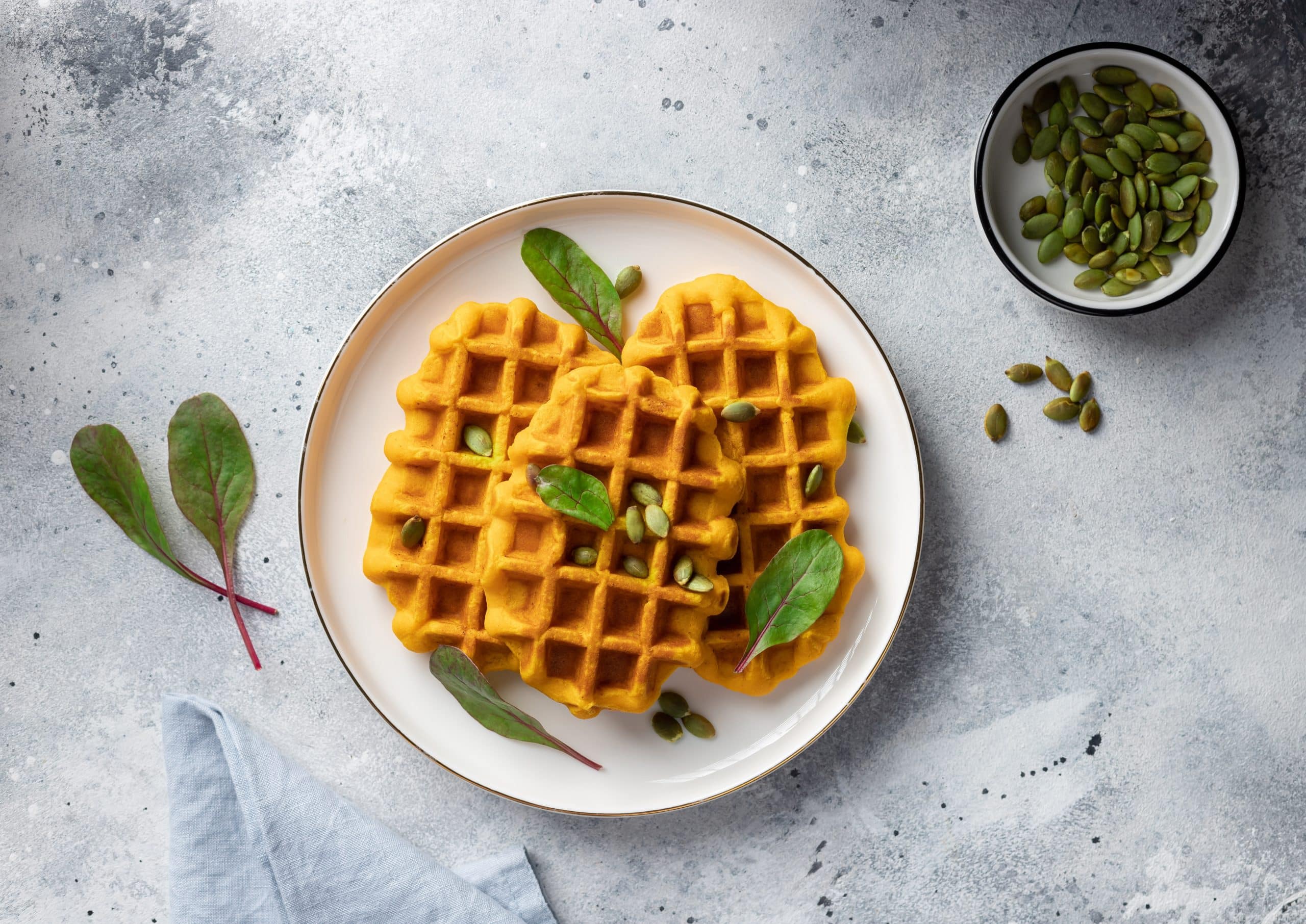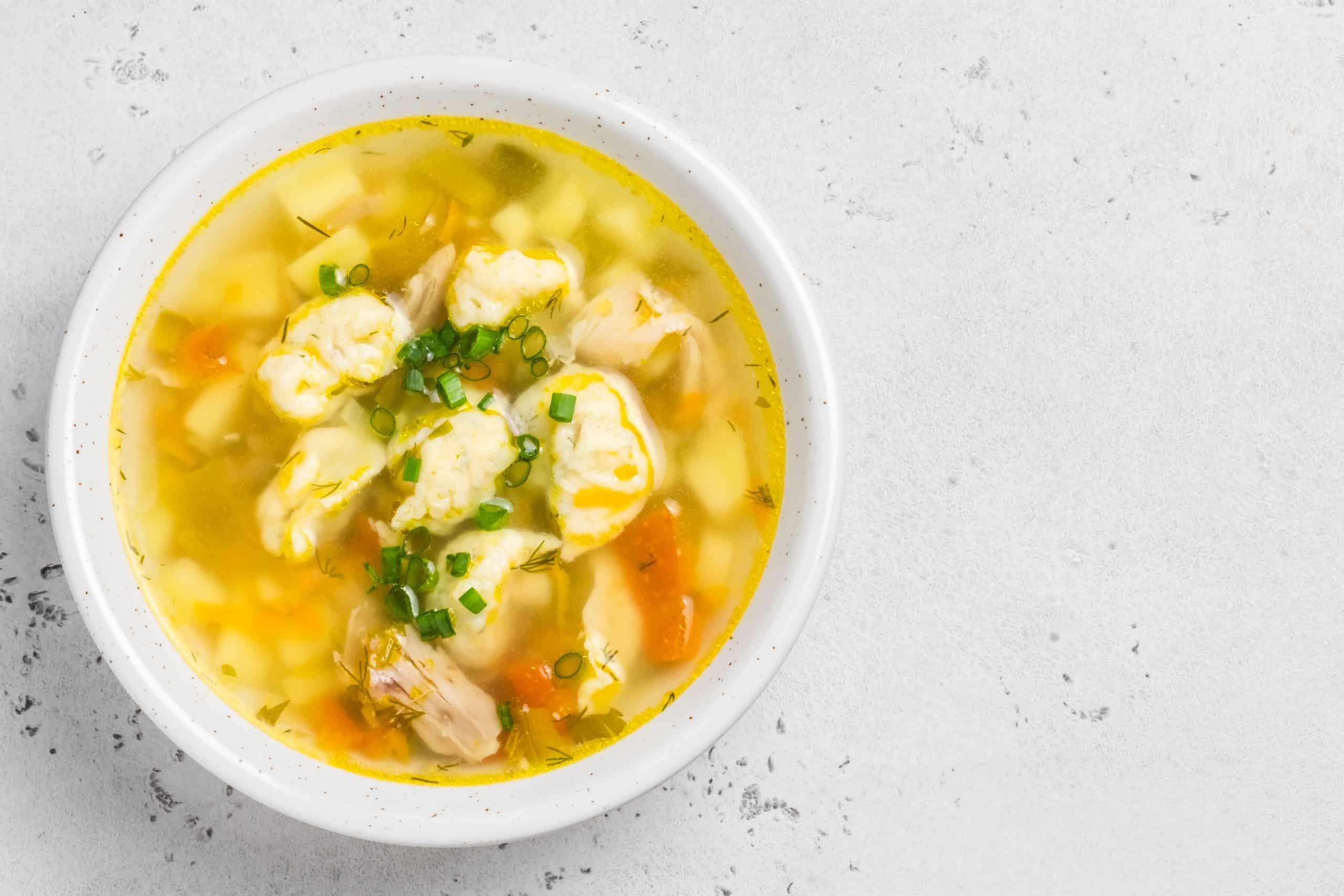Pappa al pomodoro originates from Tuscany and is particularly popular in Florence. Pomodoro is Italian for tomato. Simply put, this tomato-based dish is cooked with oil and garlic, seasoned with basil, and eaten with toasted bread for a filling meal. The dish has rapidly become a symbol of the region’s cuisine and is, expectedly, served all year round. Yes, even if it’s not tomato season! However, making it in the summer is a great way to use the abundance of tomatoes available. This recipe can also be made more or less flavorsome using chili pepper and onions, and is typically served with finely chopped new garlic, according to tradition. That being said, it’s important to note that Pappa al Pomodoro – an expression of Florentine tradition – has an infinite variety of preparations. The subtle differences can be used to identify which neighborhood, area or surrounding it comes from.
Tuscan Tomato Soup Recipes
The following are some of the best tomato soup recipes you can try out at home:
Tuscan Tomato Bread Soup (13)
Here’s how you make a tuscan tomato bread soup that’s full of flavor:
Ingredients:
- Extra virgin olive oil, plus high quality finishing oil, for garnish
- 1 large red onion, diced
- Kosher salt
- Pinch crushed red pepper flakes
- 3 garlic cloves, smashed and finely chopped
- 1 cup white wine
- 2 pounds ripe summer tomatoes, diced
- 10 basil leaves, half whole and half cut into chiffonade
- 2 cups tomato juice
- 2 cups day-old Italian bread, crusts removed and cubed
- 1/2 cup grated Parmigiano-Reggian
Instructions:
- Start by coating a large wide pot using olive oil over medium heat then add the onions.
- Next, season with the crushed red pepper and salt to test, and cook for about 8 to 10 minutes until the onions are soft and very aromatic.
- Now toss in the garlic and cook for an additional 2 to 3 minutes. Add in the wine and continue cooking until it’s reduced by half.
- Stir in the tomatoes before seasoning with salt to taste. Cook for about 12 to 15 minutes until the tomatoes are really soft and juicy. Toss in the whole basil leaves.
- Carefully puree the tomatoes in a blender in batches.
- Return the tomato puree to the pot then add in the tomato juice and bread.
- Cook the soup for about 20 minutes using medium heat until the bread completely loses its shape and the soup is really thick.
- Taste and adjust seasoning if needed.
- Ladle the soup into bowls and serve.
Nutritional information: Recipe makes 6 servings. 314 calories, 12g total fat, 3g saturated fat, 10mg cholesterol, 731mg sodium, 39g carbohydrates, 5g dietary fiber, 11g protein, 10g sugar.
This recipe is courtesy of foodnetwork.com
Read More: Autumn Soup Ingredients: 6 Pantry Staples For A Hearty Bowl
Tuscan Chickpea Kale & Tomato Soup (12)
Do you ever just crave that big bowl of soup after a busy day? Well, this may just be what you’re looking for. It’s full of flavor, healthy, and easy to make.
Here’s what you’ll need:
Ingredients:
- 1 garlic clove
- 1 unit yellow onion
- 3 oz carrot
- 2.5 oz Israeli couscous
- 4 oz kale
- 13.4 oz chickpeas
- 1 tablespoon tuscan heat spice
- 14 oz diced tomatoes
- 1 unit veggie stock concentrate
- 1 unit mushroom stock concentrate
- 1/4 cup parmesan cheese
- 1 unit ciabatta bread
- 1 teaspoon garlic powder
Instructions:
- Wash and dry all produce before trimming, peeling and dicing the carrots in 1/2 inch pieces.
- Halve and peel the onion, dicing one half. Now peel and mince the garlic then remove and discard any large stems from the kales.
- Next, heat a large drizzle of olive oil in a large pot using medium heat.
- Add in the diced onions and carrots, cooking for about 5 to 6 minutes and stirring occasionally until softened.
- Add a drizzle of olive oil before stirring in the tuscan heat spice and garlic. Cook for about 30 seconds until fragrant.
- Stir in the chickpeas and their liquid, mushroom and veggie stock concentrate, 3 ½ cups water, and a sizable pinch of salt into the pot containing the veggies.
- Bring the mixture to a simmer then reduce the heat and allow it to cook uncovered for about 13 to 15 minutes until the carrots are just softened
- Stir kale and couscous into the pot and cover it. Cook for about 7 to 9 minutes until the kale is wilted and couscous tender.
- Uncover then stir in half the parmesan.
- Taste and season generously with salt and pepper then turn off the heat.
- Now halve the ciabatta then place 2 tablespoons of butter in a small bowl and microwave for about 10 to 15 seconds until softened.
- Stir in the remaining garlic powder before seasoning with salt and pepper.
- Toast the ciabatta then spread the cut sides with garlic butter. Halve each piece diagonally.
- Divide the soup in bowls and sprinkle with the leftover parmesan.
- Serve with garlic ciabatta on the side.
Nutritional information: Recipe makes 2 servings. 910 Calories, 30g Fat, 12g Saturated Fat, 125g Carbohydrate, 21g Sugar, 14g Dietary Fiber, 28g Protein, 45mg Cholesterol, 1680mg Sodium.
This recipe is courtesy of hellofresh.com
Looking for a way to break the vicious cycle of weight loss and tone up all the jiggly parts? Watch the extra pounds fly off and your muscles firm up with the BetterMe app!
How Should Tomato Tuscan Soup Be Served?
For the best experience, ensure you serve the recipe with basil on top and finish it with some extra-virgin olive oil to add liveliness and new aroma to the dish. Additionally, it can also be served as a base when adding other things such as burrata cheese on the pappa itself.
The most important thing to remember is never serve it piping hot, but rather absolutely lukewarm!
Tuscan Tomato Soup Health Benefits
It goes without saying that one of the most important ingredients when making the classic pappa al pomodoro is tomatoes.
Research shows that tomatoes are loaded with lots of nutrients that offer a wide range of health benefits. Therefore, enjoying your tomato soup may be a delicious way of making the most out of the health benefits of tomatoes.
Here are some of the science-backed benefits of tomato soup:
Highly Nutritious
Tomatoes have a relatively low calorie count, but are packed with nutrients and beneficial plant compounds.
One cup (180-grams) of raw tomato contains (11):
- Calories: 32
- Carbs: 7 grams
- Fiber: 2 grams
- Protein: 1.6 grams
- Fat: 0.4 grams
- Vitamin C: 27% of the Daily Value (DV)
- Vitamin K: 12% of the DV
- Vitamin A: 8% of the DV
- Potassium: 9% of the DV
Tomatoes are rich in carotenoids, especially lycopene(3). This is the pigment that gives tomatoes their characteristic bright red color and is an antioxidant which is potentially responsible for many of their health benefits (1).
They Are Rich In Antioxidants
Antioxidants are compounds that aid in neutralizing the free radicals which may cause oxidative stress when they accumulate, having possible negative effects (9).
Tomato soup is a good source of antioxidants like lycopene, flavonoids, and vitamins C and E. They may be the reason why consuming tomatoes has been linked to lowered risk of cancer and other chronic diseases like cardiovascular disease, diabetes, and obesity (3).
Read More: Homemade White Bean Soup Recipe – How To Make A Delicious Soup From Scratch
Can Promote Healthy Skin And Vision
Enjoying a bowl of tomato soup may be potentially beneficial to your eyes and skin.
Lycopene and beta-carotene play key roles in protecting your skin from sunburn. They do this by absorbing ultraviolet (UV) light to increase your skin’s defense against UV-induced damage (2).
However, while the research shows this has some benefits for your skin, it doesn’t mean you should alter your regular sun protection skin care routine.
Additionally, tomatoes are rich in vitamin A and carotenoids that may be beneficial for your eye health. Consuming lutein and zeaxanthin, two more carotenoids in tomatoes, has been linked with lowered risks of macular degeneration or loss of vision occasioned with aging (5). Additionally, your body converts beta carotene into retinol, an essential compound for vision (3).
Can Improve Your Bone Health
Osteoporosis is a chronic disease usually characterized by increased bone fracture and fragility (10).
Preliminary research has suggested that lycopene may play a role in regulating bone metabolism through increasing bone mineral density. This might reduce the risks of fractures occurring (6).
Animal studies have also indicated that lycopene may influence bone metabolism by stimulating osteoblast activity (8).
May Reduce The Risk Of Heart Disease
High intake of tomatoes and tomato products may help reduce the levels of total and LDL (bad) cholesterol, which are the two major risk factors for heart disease. These effects have been associated to the vitamin C and lycopene content in tomatoes (3).
Additionally, lycopene may also lower cholesterol absorption in the intestines while improving the functioning of HDL (good) cholesterol in your body (7). Finally, the carotenoids in tomatoes may help in lowering your blood pressure which is also a risk factor for heart disease (4).
May Support Your Immune System
Some cultures are known to use tomato soup as home remedies for the common cold. Research has also indicated that vitamin C may help reduce the severity and duration of cold symptoms (14). Additionally, carotenoids may stimulate your overall immune system (3).
If you tend to let yourself off the hook, raise the white flag when things get tougher than you expected, send yourself on an unconscious binge-eating trip – BetterMe app is here to help you leave all of these sabotaging habits in the past!
The Bottom Line
The pappa al pomodoro is a classic that has gained global popularity over the years and for a good reason. This recipe from Tuscany is not only delicious, it also comes loaded with nutrients that offer numerous health benefits.
DISCLAIMER:
This article is intended for general informational purposes only and does not address individual circumstances. It is not a substitute for professional advice or help and should not be relied on to make decisions of any kind. Any action you take upon the information presented in this article is strictly at your own risk and responsibility!
SOURCES:
- [Nutraceutical properties of lycopene] (2010, pubmed.gov)
- Discovering the link between nutrition and skin aging (2012, nih.gov)
- Enhancing the Health-Promoting Effects of Tomato Fruit for Biofortified Food (2014, nih.gov)
- Favourable hypotensive effect after standardised tomato extract treatment in hypertensive subjects at high cardiovascular risk: a randomised controlled trial (2018, pubmed.gov)
- Intakes of Lutein, Zeaxanthin, and Other Carotenoids and Age-Related Macular Degeneration During 2 Decades of Prospective Follow-up (2016, nih.gov)
- Lycopene and bone: an in vitro investigation and a pilot prospective clinical study (2020, nih.gov)
- Lycopene and Vascular Health (2018, nih.gov)
- Lycopene influences osteoblast functional activity and prevents femur bone loss in female rats submitted to an experimental model of osteoporosis (2019, pubmed.gov)
- Oxidative Stress: Harms and Benefits for Human Health (2017, nih.gov)
- Post-menopausal osteoporosis: do body composition, nutritional habits, and physical activity affect bone mineral density? (2020, nih.gov)
- Tomatoes, raw (2020, usda.gov)
- Tuscan Chickpea, Kale & Tomato Soup (n.d., hellofresh.com)
- Tuscan Tomato and Bread Soup – Pappa al Pomodoro (n.d., foodnetwork.com)
- Vitamin C in Disease Prevention and Cure: An Overview (2013, nih.gov)

